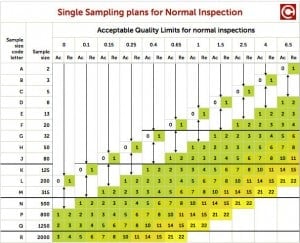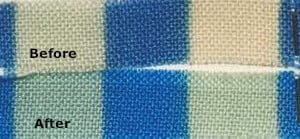 La primera vez que se empezó a hablar de la solidez del color en textiles fue en 1916. Es una larga historia en la industria! Desde entonces unas pruebas estándares se crearon para detectar la pérdida de color. Recién, se detectaron muchos embarques de camisetas, maletas, zapatos... defectuosos. ¿Ustedes se preguntaran, cómo comprobar la solidez del color en textiles?
La primera vez que se empezó a hablar de la solidez del color en textiles fue en 1916. Es una larga historia en la industria! Desde entonces unas pruebas estándares se crearon para detectar la pérdida de color. Recién, se detectaron muchos embarques de camisetas, maletas, zapatos... defectuosos. ¿Ustedes se preguntaran, cómo comprobar la solidez del color en textiles?
Manufacturing and Quality Control blog
- Home
- Manufacturing and Quality Control blog


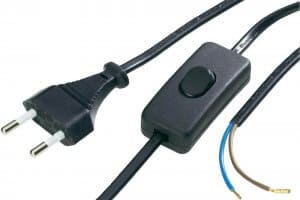 The Quality Control Blog recently discussed the safety classes of
The Quality Control Blog recently discussed the safety classes of 
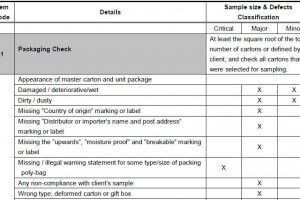 While an importer's specs and list of expected product defects are vital to perform an adequate inspection, reputable inspection firms like AQF have internal inspection checklists for any range of products.
While an importer's specs and list of expected product defects are vital to perform an adequate inspection, reputable inspection firms like AQF have internal inspection checklists for any range of products.
 After problems with their suppliers, many people then look to their Purchase Order and discover issues within. After a botched order, buyers are left wondering where to turn next? Many people end up contacting Quality Control firms after such a problem with a supplier. However, in many cases the issue is that they did not take the time to write up a proper Purchase Order.
After problems with their suppliers, many people then look to their Purchase Order and discover issues within. After a botched order, buyers are left wondering where to turn next? Many people end up contacting Quality Control firms after such a problem with a supplier. However, in many cases the issue is that they did not take the time to write up a proper Purchase Order.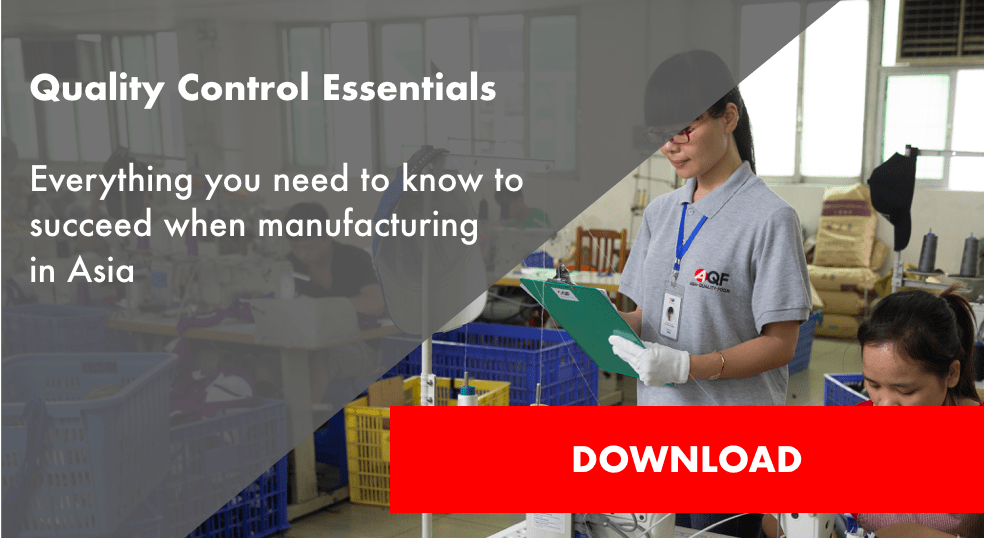
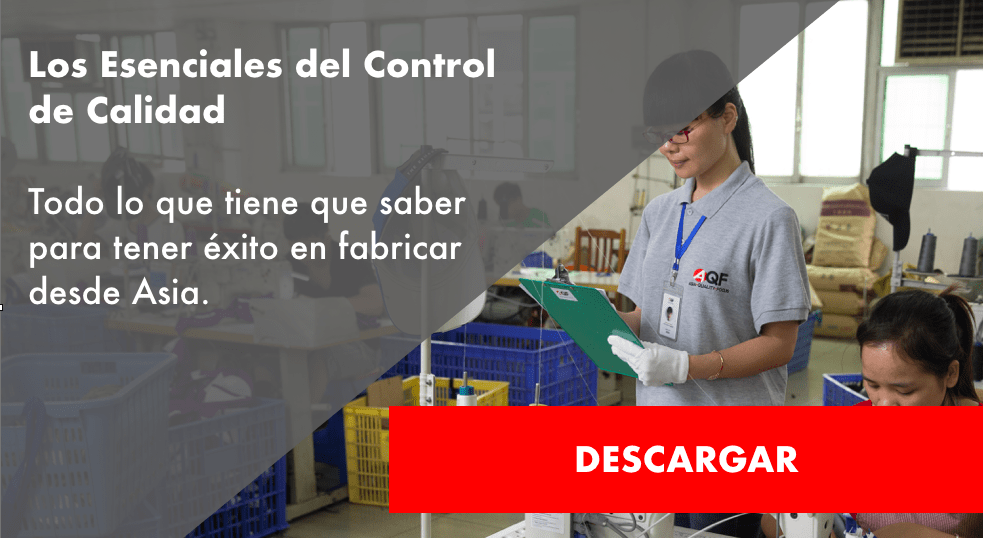
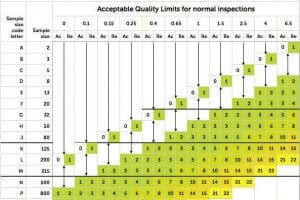 AQL por sus siglas en Ingles Acceptance Quality Limit que significa Nivel de Calidad Aceptado es el estándar usado por muchas empresas de control de calidad para determinar propiamente el tamaño de la muestra así como el número de defectos permitidos. Hemos escrito previamente
AQL por sus siglas en Ingles Acceptance Quality Limit que significa Nivel de Calidad Aceptado es el estándar usado por muchas empresas de control de calidad para determinar propiamente el tamaño de la muestra así como el número de defectos permitidos. Hemos escrito previamente 